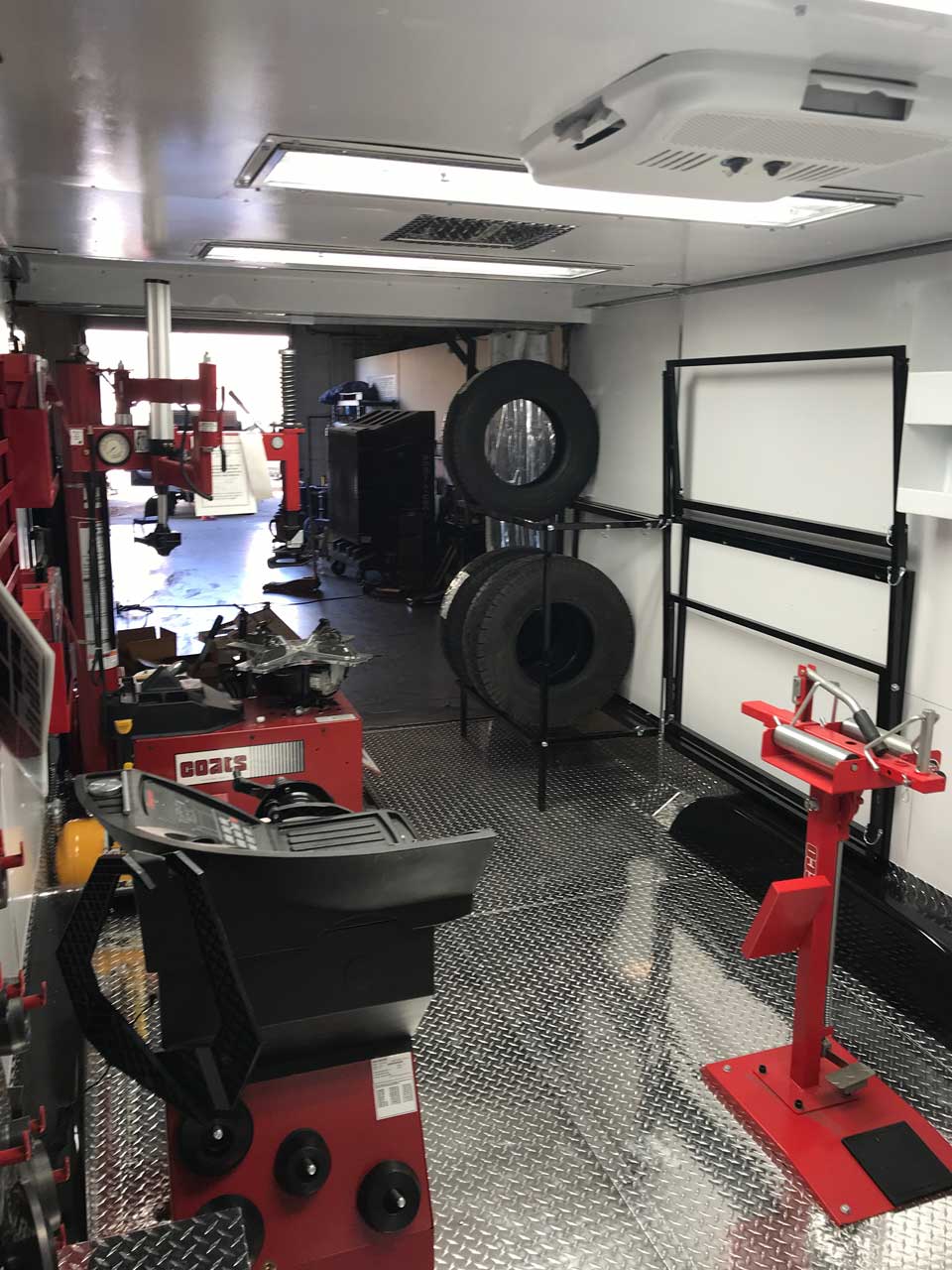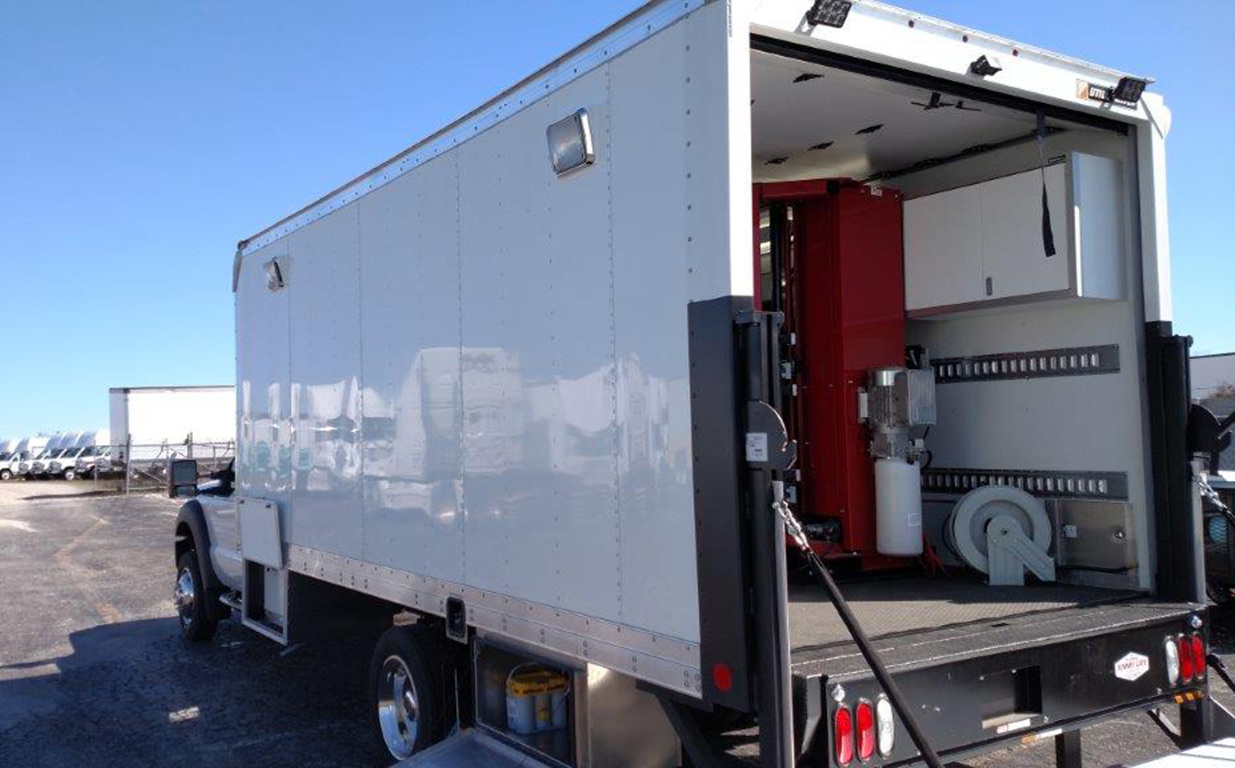Budget-friendly Mobile Tire Replacement Las Vegas - Call Now!
Budget-friendly Mobile Tire Replacement Las Vegas - Call Now!
Blog Article
Tire Solution: Proven Methods for Optimum Tire Maintenance and Treatment
From making sure appropriate tire pressure to normal turning and placement, there are tried and tested methods that can dramatically extend the life expectancy of your tires and enhance general driving experience. Let's dig right into the world of tire service and uncover the keys to keeping your tires in excellent form for the lengthy haul - Mobile Tire Replacement Las Vegas.
Relevance of Tire Stress
Sufficient tire stress promotes much better gas efficiency, as under-inflated tires can lead to raised rolling resistance, causing the engine to work tougher and take in even more fuel. Appropriate tire stress ensures even step wear, boosting tire longevity and conserving cash in the long run by delaying the requirement for early replacements. Consistently adjusting and checking tire pressure, specifically before long trips, is a simple yet efficient means to improve car efficiency, expand tire lifespan, and prioritize safety and security on the roadway.
Tire Turning Standards
When considering tire rotation guidelines, it is necessary to understand the value of this upkeep job in making best use of tire life-span and maintaining ideal automobile efficiency. Tire turning includes changing the placement of each tire on a vehicle to ensure even step wear. Front tires tend to use faster than back tires as a result of steering forces, making routine turning essential for balanced wear patterns. The recommended turning pattern varies depending upon whether an automobile is front-wheel, rear-wheel, all-wheel, or four-wheel drive. Usually, tires ought to be turned every 5,000 to 7,500 miles, or as recommended in the vehicle guidebook. Disregarding tire turning can cause unequal wear, impacting handling, traction, and possibly compromising automobile security. By adhering to correct turning guidelines, drivers can expand the life of their tires, enhance fuel efficiency, and boost general driving experience. Routine turning is a basic yet efficient maintenance technique that adds dramatically to tire long life and car efficiency.

Advantages of Wheel Alignment
Ensuring proper wheel alignment after tire turning is critical for keeping well balanced wear patterns and making best use of vehicle efficiency. In addition, right wheel positioning assists to extend the lifespan of your tires. Misaligned wheels can create irregular tire wear, leading to early tire replacement and increased upkeep prices.

Tire Tread Depth Examine
Performing a normal assessment of tire walk deepness is necessary for keeping secure driving conditions and prolonging the life-span of your tires. Unequal step wear can suggest issues with tire stress, positioning, or suspension, highlighting the importance of routine tread deepness checks. By incorporating tire walk depth checks into your routine upkeep schedule, you can drive with self-confidence knowing that your tires are in leading condition.
Seasonal Tire Examination
An extensive evaluation of tire condition customized to specific weather condition problems is important for keeping ideal efficiency and security throughout the year. Seasonal tire inspection is a basic element of tire maintenance that makes sure tires prepare to encounter the difficulties postured by various weather conditions. To prepare for winter season, it is necessary to inspect the tire stress routinely as chilly temperature levels can cause tire pressure to drop. Checking tire step depth is also crucial to make certain adequate traction on snow and ice-covered roads. Furthermore, looking for indicators of wear and tear, such as cracks or bulges, can assist protect against potential tire failures. As the seasons change, it is necessary to evaluate tire condition and make any type of needed changes to assure secure driving. By performing regular seasonal tire inspections, chauffeurs can prolong tire lifespan, enhance fuel efficiency, and most importantly, ensure a secure driving experience in varying weather problems - Mobile Tire Change Las Vegas.
Final Thought
In conclusion, keeping important source appropriate tire pressure, turning tires regularly, straightening wheels properly, checking tread depth, and performing seasonal evaluations are important techniques for ideal tire treatment. By following these confirmed techniques, motorists can ensure their tires last much longer, carry out far better, and add to general vehicle security. It is important to prioritize tire see upkeep to avoid crashes, improve gas performance, and extend the life-span of tires.
Sufficient tire stress advertises better fuel performance, as under-inflated tires can lead to increased rolling resistance, triggering the engine to function harder and consume even more gas.When taking into consideration tire rotation guidelines, it is crucial to understand the value of this upkeep job in optimizing tire life-span and maintaining optimal car efficiency. Seasonal tire examination is a fundamental aspect of tire maintenance that guarantees tires are prepared to encounter the obstacles postured by different weather conditions. By conducting routine seasonal tire evaluations, chauffeurs can extend tire life expectancy, improve fuel effectiveness, and most significantly, make certain a safe driving experience in differing weather condition problems.
In final thought, preserving appropriate tire pressure, rotating tires frequently, lining up wheels properly, keeping an eye on walk depth, and conducting seasonal inspections are essential practices for optimal tire treatment.
Report this page